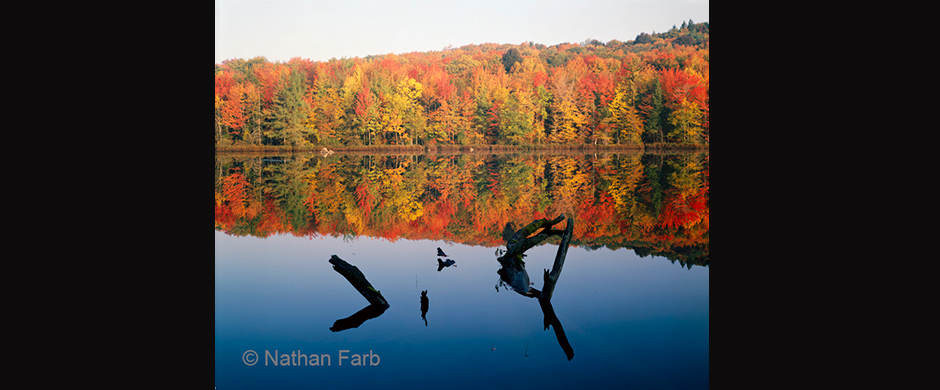
If you're lucky enough, as I was, to spend an afternoon with Nathan Farb, you’ll come away inspired and awed by his work, especially if you’re an avid photographer like myself. I was thrilled to have had the amazing opportunity to speak with this local photography legend one day in late September.
We all know Nathan Farb as the preeminent Adirondack photographer who set the standard for Adirondack landscape and nature photography. His Adirondack works have been published extensively in three Rizzoli books and innumerable magazines world wide. “The Adirondacks” book of images of the area is the best selling book of Adirondack photographs ever published and his gigantic prints are well known and highly sought after, adorning museums, public spaces and private collections.
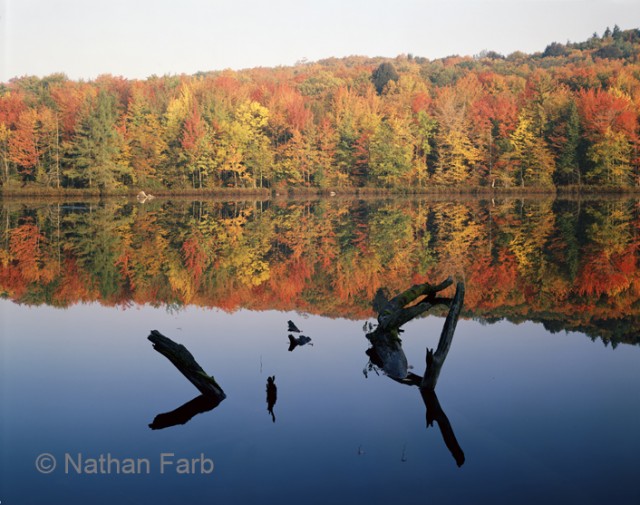
Although well-known locally for his Adirondack photography, there are multiple facets to Nathan Farb’s work that reach far beyond the confines of the Blue Line of the Adirondack Park. For example, in one of his books, “The Russians,” done during the Carter detente, he told me he hoped to influence world leaders to shift their thinking away from mutually assured nuclear destruction - a subject and location far removed from his childhood home, the Adirondacks.
Lake Placid childhood
Farb spent the better part of his childhood in Lake Placid. That is our mutual common bond, as I am also a native of Lake Placid. While growing up here, we were all surrounded by world-class athletes, musicians, and intellectuals that captured the attention of the world. Being surrounded by such amazing people inspired many of Lake Placid’s youth and Nathan was no exception. His friend Reg Benham’s dad brought back Bobsled Gold from Europe in their childhood and, as Farb put it, "it did not occur to you that you should not be world class at what ever you did." Kathleen Carroll, Farb's dear friend and a former film critic for the NY Daily News, grew up in a modest cottage on the grounds of the Lake Placid Club where she says she learned early on to be nice to such famous people as Lowell Thomas. Years later Thomas reminded her that she was in her baby carriage when she first met the famous CBS radio broadcaster. By that time she was busy chatting with such movie stars as Robert Redford as part of her job.
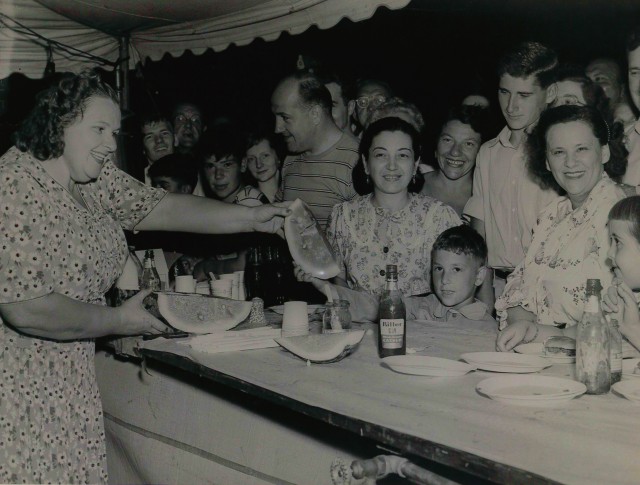
“I grew up next door to Art Devlin,” said Nathan. "He coached the kids in the neighborhood. It was pretty clear early on that I was not going to be a ski jumper but it didn’t occur to me not to try to be the best at whatever I did. Most of my peers also shared that feeling."
The defining moments
When Nathan was around the age of 11, his mother was given the book “The Family of Man” by a young woman she coached for Jewish confirmation. The 1955 book was the print version of the major photo exhibition at the Museum of Modern Art in New York City, curated by Edward Steichen, then the museum’s director of photography. It contained 503 images selected from over 2 million, submitted by photographers from all over the world, both noted and unknown. It depicted, quite literally, the world-wide family of man. Farb recalled his reaction to the book, “Wow. This is fabulous. This is something I could do. Even as an 11 year old, I felt that I saw human emotions and interaction in pictures and at the same time the natural world seemed to organize itself into images that were sometimes mysterious and thrilling. So the task I took on at 25 was to find a way to make the camera do what I wanted it to do. That proved to be much more difficult than I had imagined." It was at that time photography became the medium that would dominate the rest of his life.
Nathan was a Boy Scout in the downtown troop 326, which got him out into the wilderness - hiking and camping. He’s never lost his love of being in the woods and mountains. After leaving Lake Placid and graduating from Rutgers he spent much of his early 20’s immersing himself in learning the craft and working out of New York City. He had majored in Psychology and had started graduate school before buying his first camera. Within a few years he achieved almost a cult status with his early multimedia piece “Lockport” shown at Joe Papps' “Public Theater.” He was then hired by Rutgers University to start a photography and multimedia program in the art department of their radical and experimental, “Livingston College.”
He also has fond memories of getting to know Dr. and Mrs. Bartholomew Ring, a couple who had emigrated from Vienna prior to World War II. Dr. Ring practiced family medicine in Lake Placid and Mrs. Ring was a psychoanalyst. At Renata, the Ring’s small hotel on Lake Placid, Mrs. Ring surrounded herself with other prominent figures from the world of psychiatry and psychology. This greatly intrigued a young Nathan Farb who said he was trying to understand himself and his own struggles with depression as well as all human behavior, which led to his psychology degree.
Summer of love
At the age of 25, Farb picked up his first camera. He started photographing the people and the rich life that surrounded him in the East Village of New York City. He never turned back. His unpublished book “The Summer of Love” contains black and white images he shot around the East Village one summer in the late ’60s. He originally went to the Village to learn more about his Jewish heritage, but became enthralled with the youth culture and immersed himself in the tuned in, turned on and dropped out world of the counterculture. He shared some of these images with me and I do hope he publishes the book as the images are nothing short of amazing documents of a major turning point in our country's history. The 50th anniversary of that summer comes around soon, and the timing would be ideal for publication.
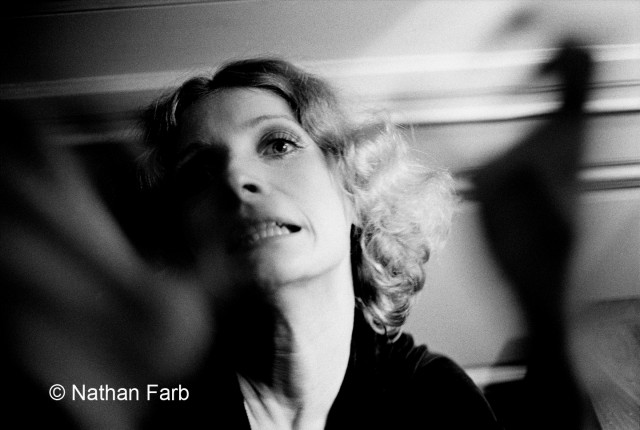
Farb became a contributor to the New York Times Magazine, Life Magazine and the New York Daily News. He covered the Exxon Valdez oil spill in Alaska for the New York Times Magazine and later covered the aftermath of the 1988 Yellowstone National Park fires, capturing the stark, moon-like scorched earth as it had never been seen by modern man.
Faraway lands
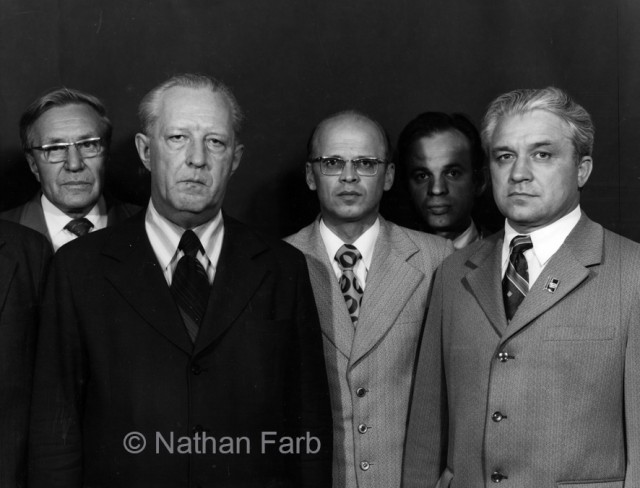
He has also published two books and essays about the Galapagos Islands. One of these, "Galapagos," written by Michael H. Jackson, was published in 1989 and is illustrated with Nathan's images of the Islands.
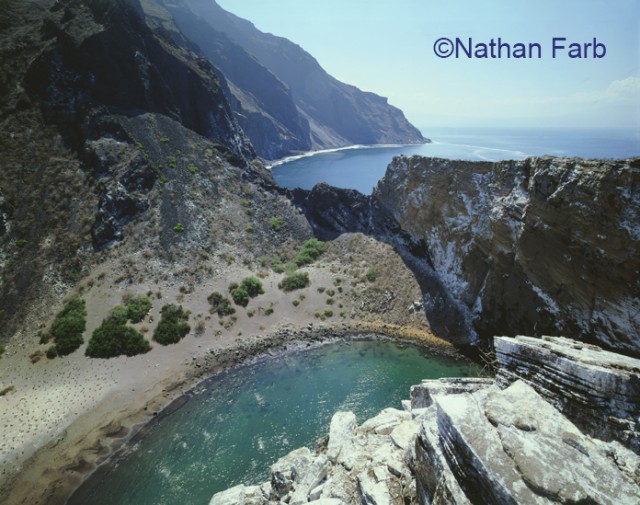
The Adirondacks were calling
"100 Views of The Adirondacks," published in the late '80's, and "The Adirondacks," published in the '90's, became the Adirondack books that set the standard for all Adirondack photography since. And he did it for his kids. "My children had seen me have a reasonably good career, but I thought if I'm not going to be financially successful as a commercial photographer, where I really didn't fit, I might as well do something I really love. It was very much showing my children what was in my heart." When he returned to The Adirondacks to make the first book it was the first time he'd used the large format (8" x 10") box camera. He realized, "I've got to do this the BEST possible way. I can't fail at it." The best possible way in his mind was to make his images with the large format camera. He spent an entire year photographing deep in the wilderness, lugging 60 pounds of equipment in and out. The results are proof that he most assuredly did not fail. Farb doesn't particularly like being refered to as "The Adirondack Photographer" because there is so much more to his lifetime body of work. But he realizes that's how he makes his living and it defines a large part of his work.
The digital age
Farb has embraced modern digital photo technology to produce what he calls "hy-bred" prints that combine the best aspects of both film and digital technology. His studio is filled with computers, hard drives and other equipment including a large-format photo printer. I was enthralled with the transition he’s made into the digital world. He is noted for being the photographer who hauls 60 pounds of large-format box camera and all its accessories into the wilderness and printing his magnificent images from the 8 x 10 negatives it produces. He does, however, still make images with the large-format camera. His 8 x 10 negatives are now scanned and digitized by a lab in New York City for use in his digital projects, one of which he shared with me. While Farb pushes the newest technology as far as he can, he is thinking about where some of this work should end up.
Upon my arrival at his home and studio, located along the river in the beautiful Ausable Valley, we chatted and shared a cup of tea and some Romanian cheese from the local Farmers' Market. He then seated me directly in front of a very large, curved, ultra high definition digital TV screen to view a 30 minute, super high definition presentation of some of his work. He’s been tweaking the project for the past nine months, using software he is helping to develop with the aid of Apple computer technicians. He chuckled, “At 73 I didn’t think I’d be doing this.” He explained, “This software creates sixty brand-new frames every second. The problem is there’s no technology to project it faster than 30 frames a second, so that's something we have to try to work out. I’ve spent hundreds of hours talking to software and hardware engineers. The folks at Apple have been very generous with their time,” he said. The transitions between images are breathtaking and his technique of zooming deep into the details is amazing. You just see things you wouldn’t see even in his 50”x70” prints. The detail is profound when viewing them in this format. “The images had information I wasn’t even aware of until exploiting it in this kind of medium,” he commented. It’s cutting edge technology he hopes to present “somewhere, but I’m not sure yet where.” He mentioned he’d like to see this shown on a very large screen in Times Square some day. The possibilities are limitless. I hope you all get to see it some day as well.
Just like Bobby Kennedy, Nathan Farb dreams things that never were and asks, “why not?” He’s collaborated on projects over the years for which the technology didn’t yet exist and has made many of them a reality.
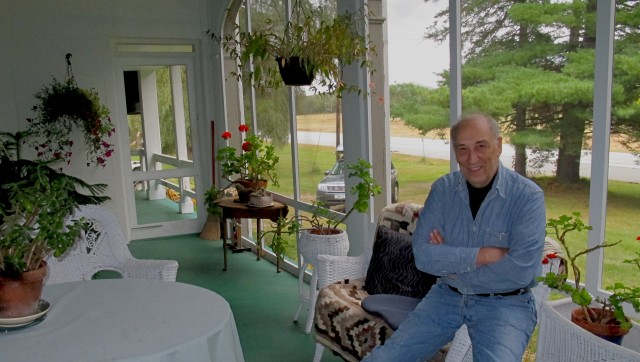
Studio tours
The public was given a rare opportunity to get an inside look at Farb’s studio and his work when he was one of some fifty artists this year participating in the Artist at Work Studio Tour. Artists from Saranac Lake to Ausable Forks participated by opening their studios to the public, selling and talking about their work. It’s an amazing opportunity. The tour only happened once a year until this year, when a second tour was added at the end of July. Don't miss the two-day event next year, held the last weekend in September. The weekend makes for a gorgeous drive around the region during what's usually the peak of fall color.
I feel very fortunate to have had the opportunity to spend one-on-one time with my all-time favorite local photographer and get to know a little more about Nathan Farb and his extensive body of diverse works. I could write so much more and someday I will. The Whiteface Region is fortunate to be home to a host of amazingly talented artists, both past and present. Plan to spend some time in the region and visit some of our artists' studios open year round. Lodging opportunities are plentiful, so check them out!
